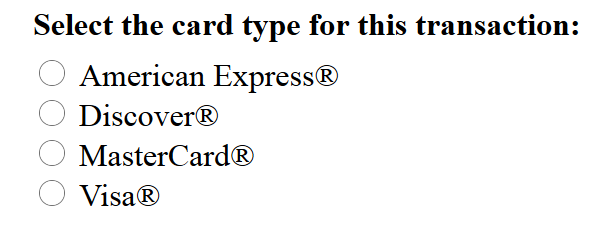A longstanding member of the E-trademarks listserv offered up an all-too-familiar fact pattern:
So can you go after the person who signed the letter? Continue reading “IP torts and natural persons as defendants”
A longstanding member of the E-trademarks listserv offered up an all-too-familiar fact pattern:
So can you go after the person who signed the letter? Continue reading “IP torts and natural persons as defendants”
In Patentscope and ePCT, WIPO offers “permalinks”. These are web links that you can copy and use elsewhere, such as intranets and emails to clients.  Similarly in European Patent Register, EPO offers such web links.
Similarly in European Patent Register, EPO offers such web links.
Indeed the TSDR system of USPTO offers URLs that can be used this way. So why doesn’t USPTO offer such links?
Alert list member Henry Blanco White points out that USPTO provides complicated instructions for constructing links to particular records in the USPTO Patent Full-Text and Image Database. It’s not simply a link that you can right-click on and save. But it is apparently a way to construct a link.
USPTO needs to offer such links in Public PAIR and in Private PAIR. USPTO also needs to offer such links in the Patent Application Full Text and Image Database.
(Updated June 23 to reflect that USPTO does offer constructable links in the USPTO Patent Full-Text and Image Database.)
Recently I blogged about three nice new Private PAIR features — USPTO nice again — this time letting you check customer numbers and Now you can update entity size yourself! and Get your own new USPTO customer numbers. Here is a fourth nice new Private PAIR feature. You can update the customer number associated with a patent application or patent yourself. Continue reading “Do your own patent application customer number changes!”
Last week I blogged about two new Private PAIR features — USPTO nice again — this time letting you check customer numbers and Now you can update entity size yourself! Here’s another nice new Private PAIR feature just released by USPTO — you can obtain a new customer number with just a few mouse clicks. Continue reading “Get your own new USPTO customer numbers”
Every one of USPTO’s e-commerce systems — EFS-Web, TEAS, RAM, ETAS, and others — has a plac e where the system forces the user to answer this question.
e where the system forces the user to answer this question.
Continue reading “USPTO should not require “credit card type””
(Note the follow-up posting that this ISA choice is now available to US filers.)
Filers of PCT applications who file in RO/US will soon have the option to pick the Japanese Patent Office as their International Searching Authority and International Preliminary Examining Authority. Continue reading “US PCT filers can soon pick Japan as ISA and IPEA”
The HBO television series Silicon Valley is now in its second season. I blogged about intellectual property issues in this series during its first season. The series is, of course, a work of fiction but its second season offers food for thought on patent issues and trademark issues. Continue reading “Intellectual property in “Silicon Valley””
The other day I blogged about a nice enhancement recently provided by USPTO — see “Now you can update entity size yourself!” At the same time, USPTO added a second nice enhancement. You can now independently check whether USPTO made mistakes with any of the three Customer Number fields in its databases. Continue reading “USPTO nice again — this time letting you check customer numbers”
In our office we have two wifi networks — a secure network that is available only for employee use, and a public network for visitors. (Actually it’s three wifi networks — a 5-GHz secure network, 2.4-GHz secure network, and a 2.4-GHz guest network.) When a visitor arrives, the usual first step is to get their smart phone or tablet or notebook computer connected to the guest network. The old-fashioned way is, of course, to give the visitor a piece of paper with the system ID and password, and they hand-key this information into their device.
But there are nice new ways to do this. Continue reading “Using NFC to make it easy for a visitor to use the guest wifi”
USPTO did a good thing over the weekend. USPTO added a feature to Private PAIR that lets you change the entity size for a patent application yourself.